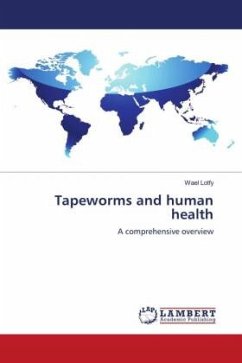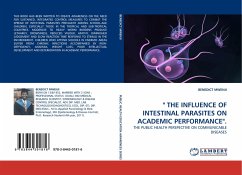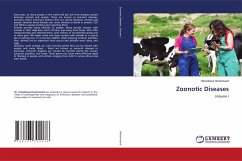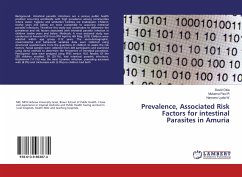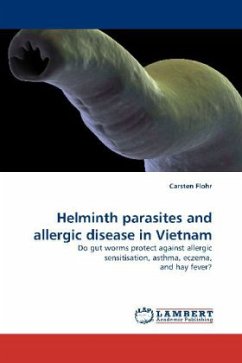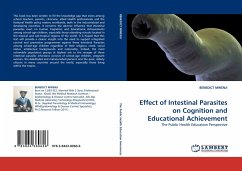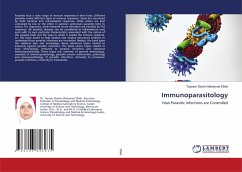Tapeworms or cestodes are ubiquitous among humans and animals worldwide. They are unique among all worms because they are perfectly specialised for the parasitic life and are incapable of living independently. Adult cestodiasis is far less pathogenic to humans than other helminthic infections. Only heavy infections are able to cause physical damage of the gut wall, and possible blockage of the intestines. However, larval infections of few species of cestodes may cause serious clinical complications as in sparganosis or cysticercosis. Recent reports confirm that some cestodes may behave as opportunistic parasites in immunocompromised individuals. This book gives an up to date comprehensive overview of tapeworms of medical importance and those rarely reported as human pathogens. It is a trial to set down what is known about the public health significance of this group of worms in a way that conveys the excitement of the science. It reviews briefly and concisely the taxonomic classification and the known life cycles of the parasites. In addition, the history and biology of the reported human infections are reviewed.
Bitte wählen Sie Ihr Anliegen aus.
Rechnungen
Retourenschein anfordern
Bestellstatus
Storno

